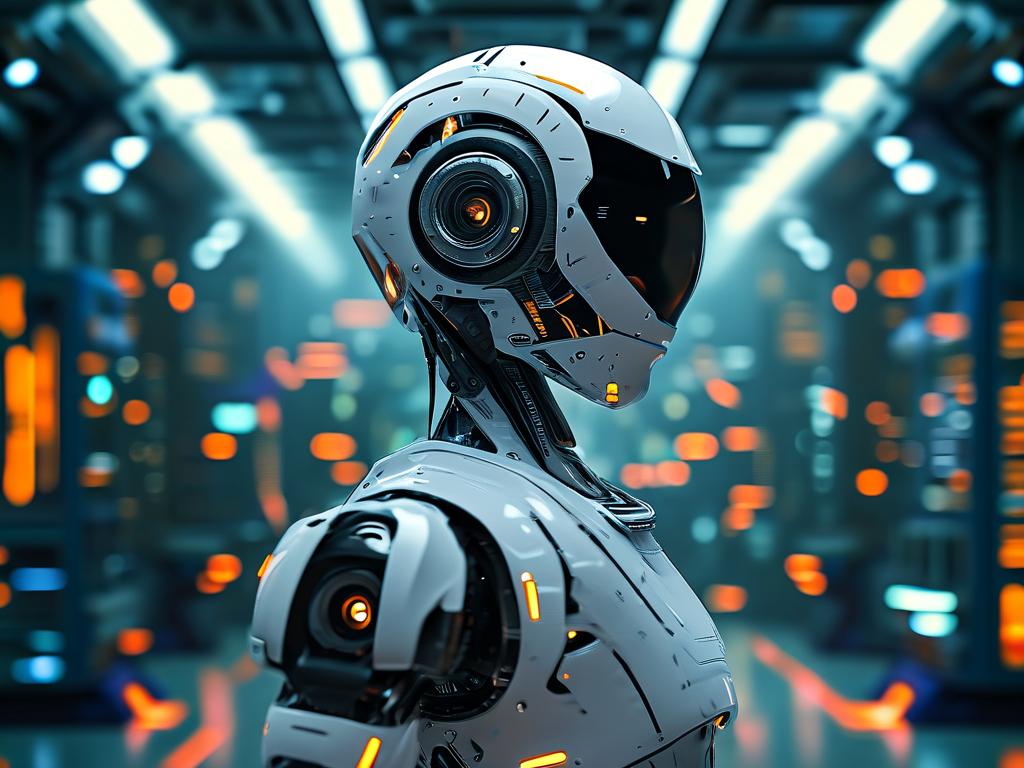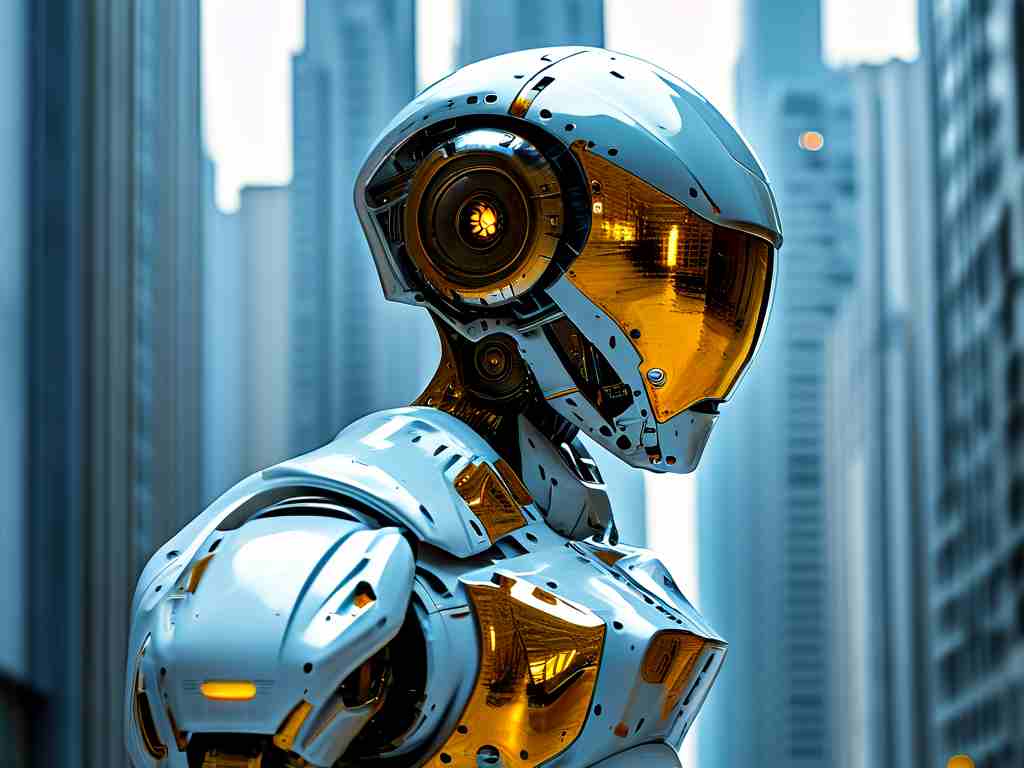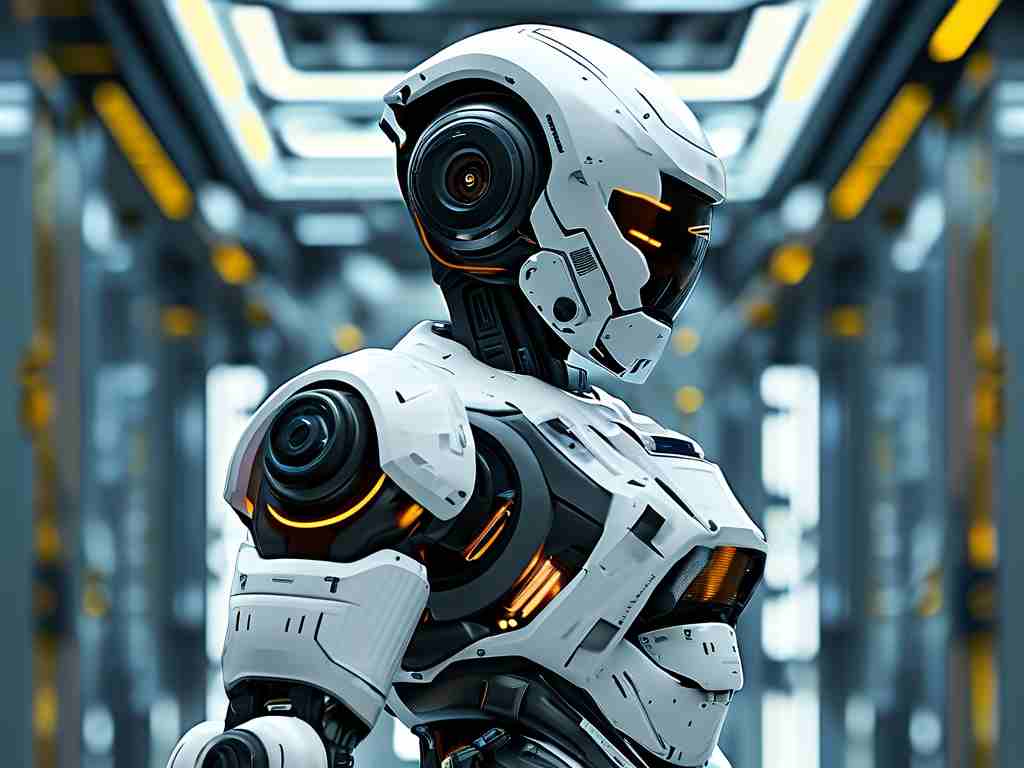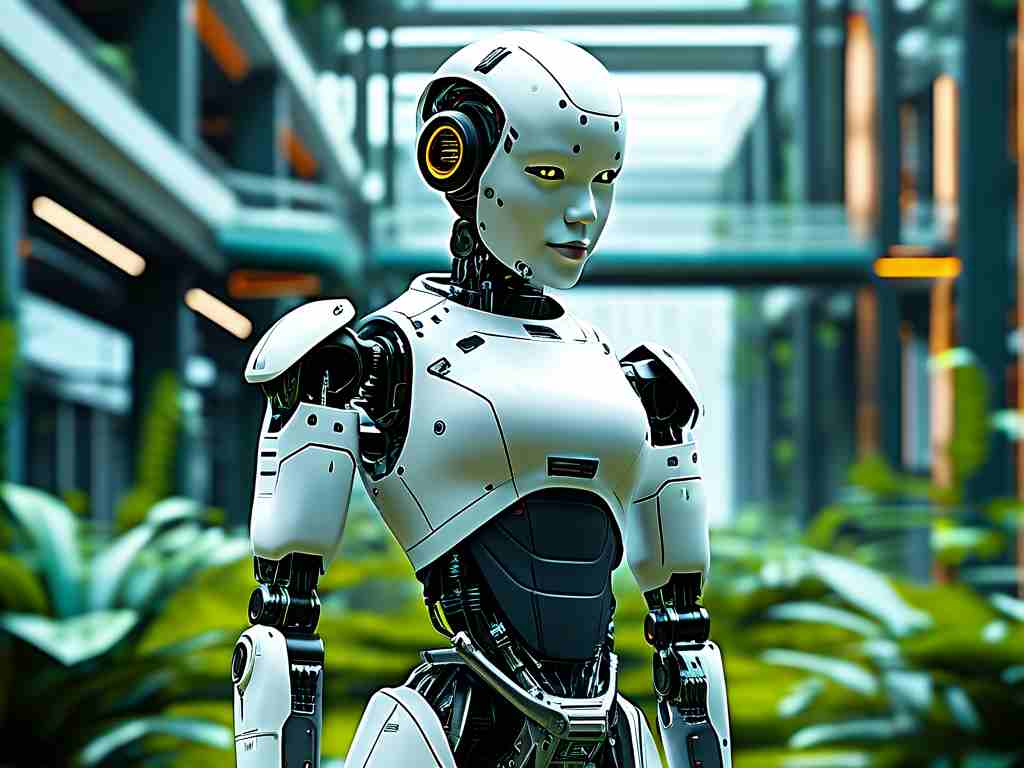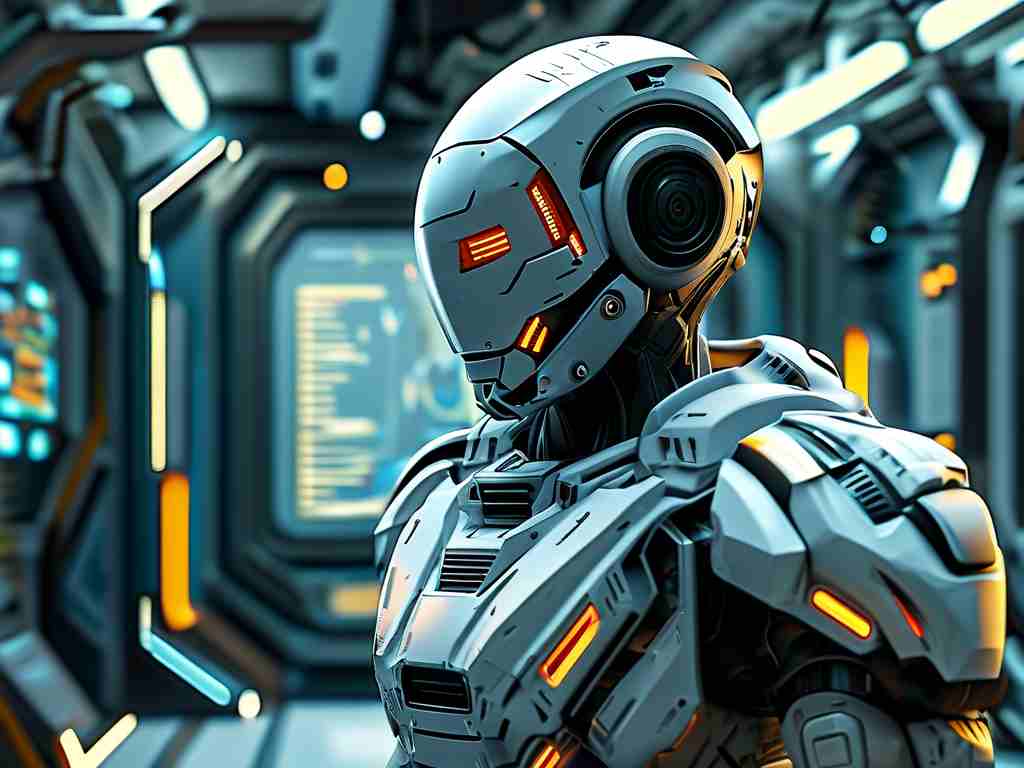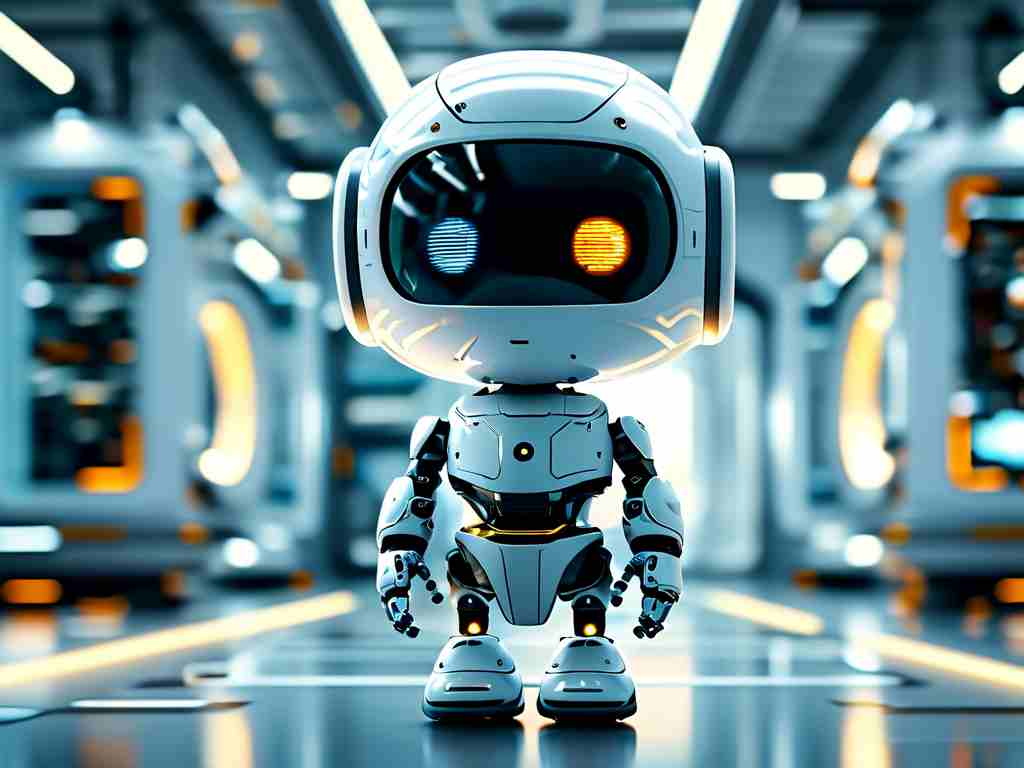The field of robotics has witnessed exponential growth over the past decade, yet several technical hurdles continue to impede its full-scale adoption across industries. From precision engineering to adaptive intelligence, developers face multifaceted challenges that demand innovative solutions. This article explores five critical technical bottlenecks shaping the future of robotics.

1. Sensor Fusion and Environmental Perception
Modern robots rely on layered sensor systems—LiDAR, cameras, and inertial measurement units (IMUs)—to interpret surroundings. However, synchronizing heterogeneous data streams remains problematic. For instance, autonomous vehicles struggle to reconcile discrepancies between camera-based object recognition and LiDAR distance measurements during sudden weather changes. Researchers at MIT recently demonstrated that even a 0.1-second latency in sensor synchronization can cause 12% navigation errors in dynamic environments.
2. Real-Time Adaptive Decision-Making
While machine learning algorithms empower robots with pattern recognition, enabling split-second decisions in unpredictable scenarios remains elusive. Industrial arms in manufacturing plants exemplify this limitation—they excel at repetitive tasks but falter when encountering defective components requiring spontaneous workflow adjustments. A 2023 study by ABB Robotics revealed that 68% of production line stoppages occur when machines confront unprogrammed variables.
3. Human-Robot Interaction Complexity
Natural communication between humans and robots involves more than voice commands. Subtle cues like gesture recognition, emotional inference, and contextual awareness remain underdeveloped. Healthcare robots in elder care facilities, for example, often misinterpret patient needs due to an inability to decode tone variations or body language. Tokyo University’s experimental “EmpathyBot” project achieved 79% accuracy in emotion detection but required 8x more processing power than practical applications allow.
4. Energy Efficiency and Power Management
High-performance robots consume substantial energy, limiting operational durations. Boston Dynamics’ Atlas humanoid robot operates for just 90 minutes per charge despite cutting-edge battery tech. Hybrid solutions combining supercapacitors and hydrogen fuel cells show promise—Lockheed Martin’s Mars rover prototype extended runtime by 40% using such systems—but scalability and cost remain barriers.
5. Ethical AI and Safety Protocols
As robots gain autonomy, ensuring ethical decision-making grows critical. How should a medical robot prioritize patients during emergencies? What safeguards prevent military drones from misidentifying targets? The European Commission’s AI Act mandates “risk-mitigation layers” for autonomous systems, yet implementing universal ethical frameworks across diverse robotic applications proves challenging.
Emerging Solutions
Cross-disciplinary approaches are bridging these gaps. Quantum computing advancements accelerate sensor data processing, while neuromorphic chips mimic human neural networks for efficient learning. Meanwhile, synthetic training environments like NVIDIA’s Omniverse enable robots to simulate countless scenarios before real-world deployment.
The path forward requires collaboration between material scientists, ethicists, and software engineers. As roboticist Rodney Brooks aptly stated: “The hardest problems in robotics aren’t about making machines move—they’re about making machines understand why they should move.” Overcoming these technical challenges will unlock robotics’ potential to transform industries from deep-sea exploration to personalized healthcare.


